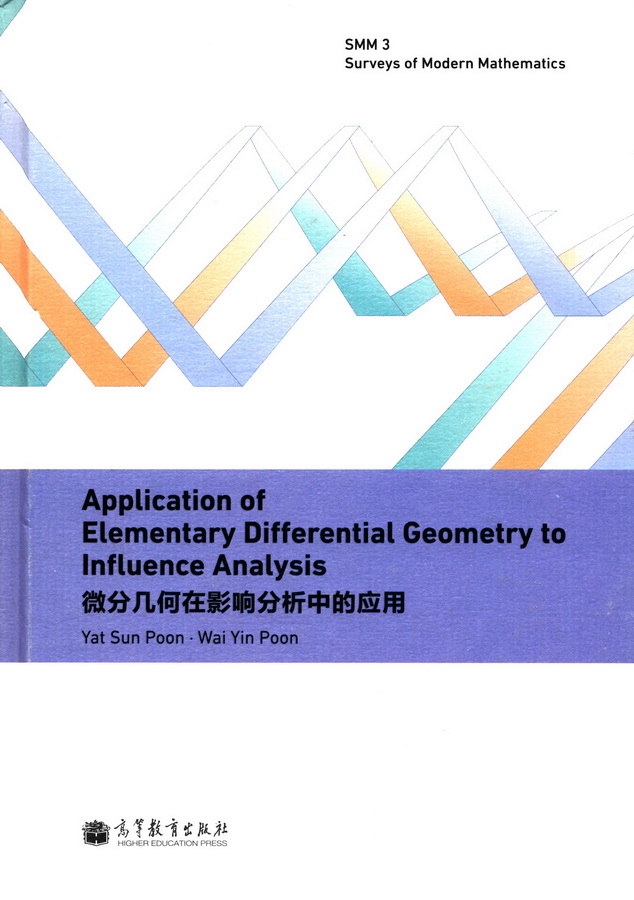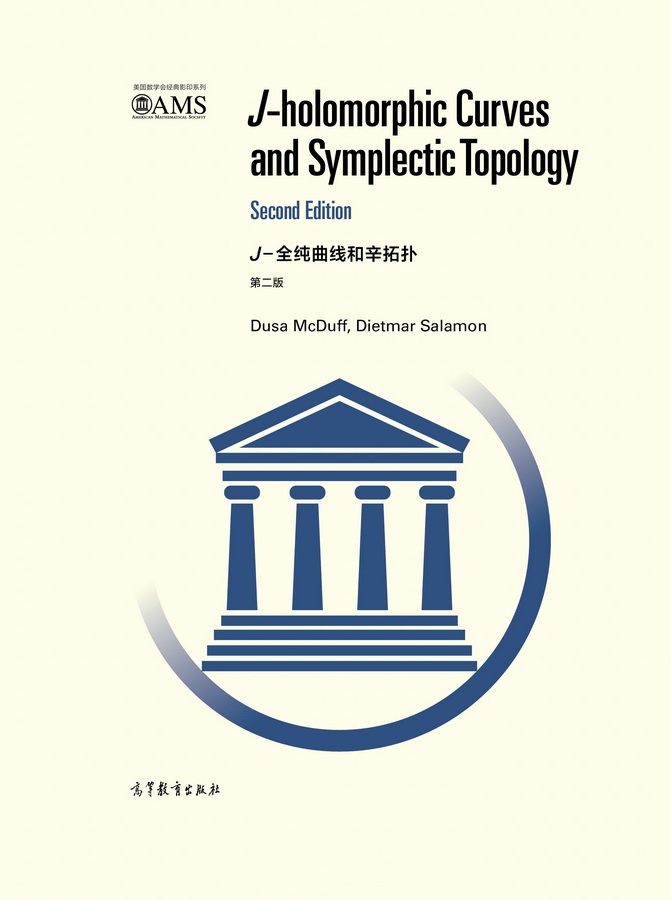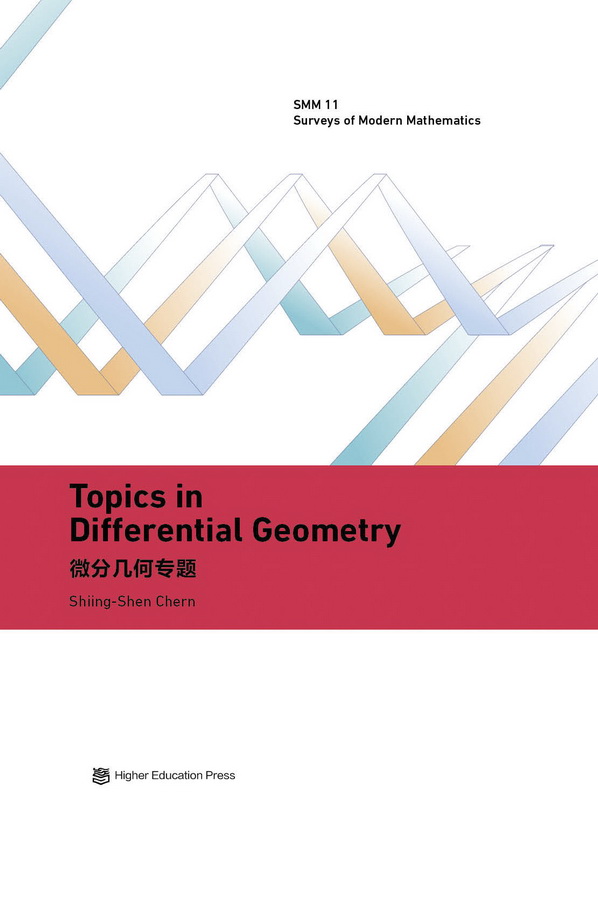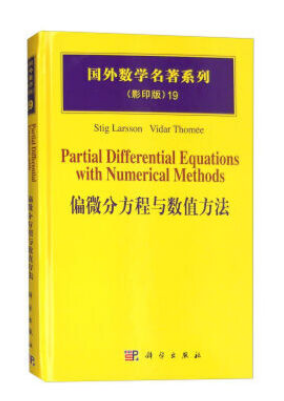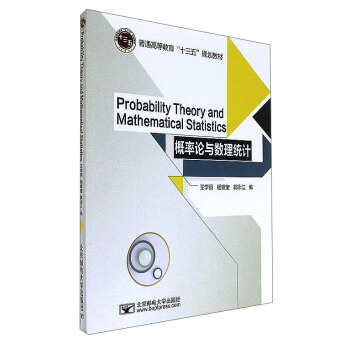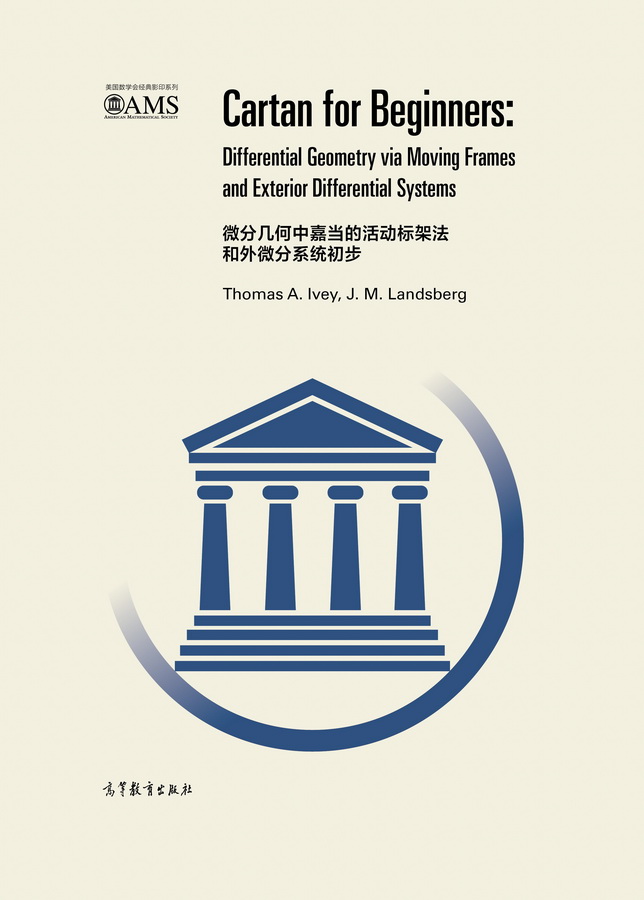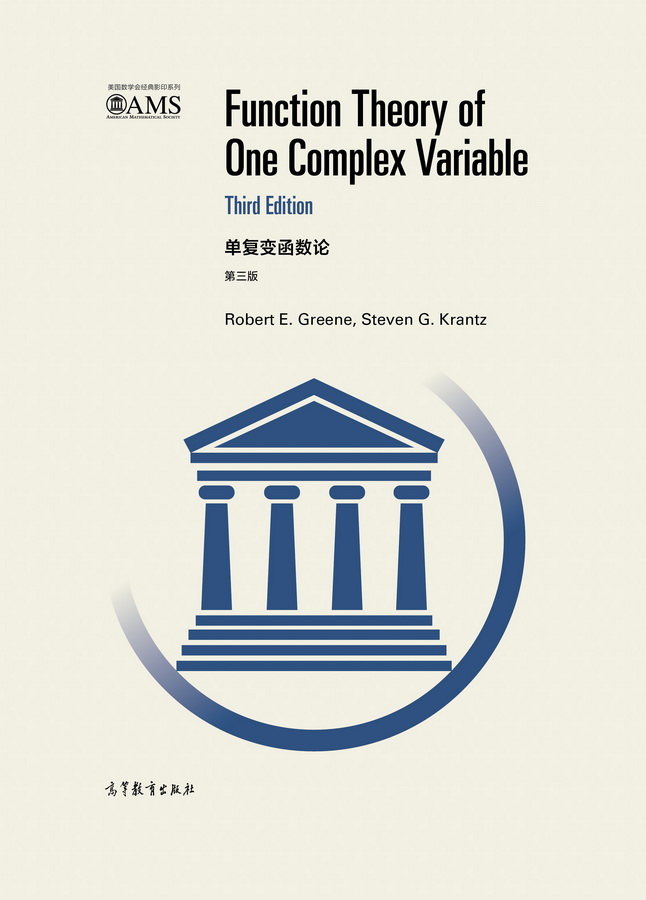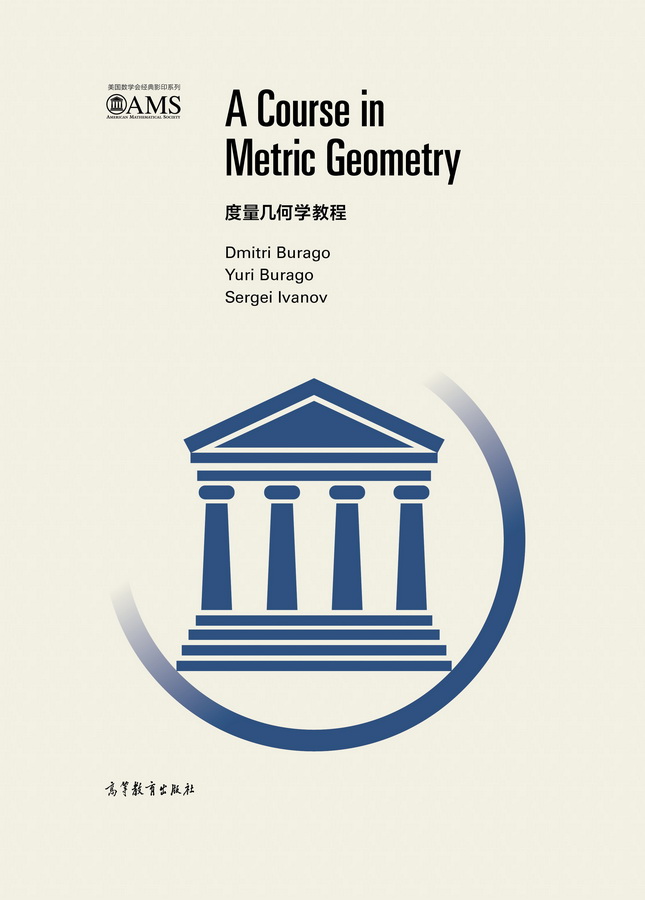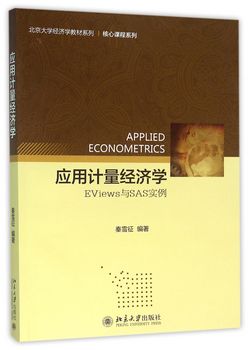微分几何在影响分析中的应用(英文版)
作者: 潘日新,潘伟贤
出版时间:2012-08
出版社:高等教育出版社
- 高等教育出版社
- 9787040357004
- 1版
- 227523
- 48266007-3
- 精装
- 16开
- 2012-08
- 250
- 188
- 理学
- 数学类
- O212.1
- 数学
- 研究生及以上
《微分几何在影响分析中的应用(英文版)》讨论微分几何在统计学影响分析中的应用,适合数学及统计学本科生或研究生阅读。对于研习数学的学生,本书描述微分几何在数学范畴以外的具体应用;对于研习统计的学生,本书则能帮助他们理解统计领域中的微分几何概念。
《微分几何在影响分析中的应用(英文版)》要求读者具备线性代数及向量微积分的基础知识。书的第一部分围绕法曲率、截面曲率和高斯曲率概念介绍了图的几何 学知识;第二部分回顾了统计学的一些基本概念及模型,为理解影响分析提供必要的基础知识;第三部分则集中讨论上述几何概念在局部影响分析中的应用,并探讨 如何有效地应用几何概念以提高局部影响分析估计的效力。
《微分几何在影响分析中的应用(英文版)》为研习统计学或数学的学生架起了知识理解的桥梁,为数学与统计学的跨学科研究合作及相互推进发挥创新性的作用。
前辅文
Part I Geometry
1 Preliminaries
1.1 Linear algebra
1.1.1 Vectors and matrices
1.1.2 Symmetric bilinear forms
1.1.3 Vector subspaces
1.1.4 Linear maps from Rn to Rn
1.1.5 A convention
1.2 Vector calculus
1.2.1 Vector-valued functions and differentials
1.2.2 Taylor expansion and extrema
1.2.3 Extrema and Lagrange multiplier theorem
2 Euclidean Geometry
2.1 Orthogonal transformations
2.2 Rigid motions
2.3 Translation of vector subspaces
2.4 Conformal transformations
2.5 Orthonormal basis
2.6 Orthogonal projections
2.7 Areas and volumes
3 Geometry of Graphs
3.1 Graphs in Euclidean spaces
3.2 Normal sections
3.3 Cross sections in high dimension
3.4 First fundamental forms
4 Curvatures
4.1 Normal curvatures
4.1.1 Definition
4.1.2 Principal curvatures and principal directions
4.2 Sectional curvatures
5 Transformations and Invariance
5.1 Change of coordinates
5.2 Non-linear conformal transformations
5.3 Invariant curvatures
Part II Statistics
6 Discrete Random Variables and Related Concepts
6.1 Preliminaries
6.2 Discrete random variables
6.2.1 Discrete random variables and probability function
6.2.2 Relative frequency histogram
6.2.3 Cumulative distribution function
6.3 Population parameters and sample statistics
6.3.1 Population mean and expected value
6.3.2 Sample statistic
6.3.3 Sample mean
6.3.4 Sample and population variances
6.4 Mathematical expectations
6.5 Maximum likelihood estimation
6.6 Maximum likelihood estimation of the probability of a Bernoulli experiment
7 Continuous Random Variables and Related Concepts
7.1 Continuous random variables
7.2 Mathematical expectation for continuous random variables
7.3 Mean and variance and their sample estimates
7.4 Basic properties of expectations
7.5 Normal distribution
7.6 Maximum likelihood estimation for continuous variables
7.7 Maximum likelihood estimation for the parameters of normal distribution
7.8 Sampling distribution
8 Bivariate and Multivariate Distribution
8.1 Bivariate distribution for discrete random variables
8.1.1 Joint probability function
8.1.2 Marginal probability function
8.1.3 Conditional probability function
8.2 Bivariate distribution for continuous random variables
8.3 Mathematical expectations
8.3.1 Mathematical expectations for the functions of two random variables
8.4 Covariance and correlation
8.4.1 Sample covariance and correlation
8.4.2 Population covariance and correlation
8.4.3 Conditional expectations
8.5 Bivariate normal distribution
8.6 Independence
8.7 Multivariate distribution
9 Simple Linear Regression
9.1 The model
9.2 The least squares estimation
9.3 The maximum likelihood estimation of regression parameters
9.4 Residuals
9.5 Coefficient of determination
9.6 Weighted least squares estimates
10 Topics on Linear Regression Analysis
10.1 Multiple regression model
10.2 Estimation and interpretation
10.3 Influential observations and outliers
10.4 Leverage
10.5 Cook's distance
10.6 Deletion influence, joint influence and masking effect
10.7 Derivation of Cook's distances
10.7.1 Weighted least squares and Cook's distance
10.7.2 Cook's distance-deleting one data point
Part III Local Influence Analysis
11 Basic Concepts
11.1 Introduction
11.2 Perturbation
11.3 Likelihood displacement and influence graph
12 Measuring Local Influence
12.1 Individual influence
12.2 Derivation of normal curvature
12.3 Case-weight perturbation—an example
12.4 Roles of sectional curvature
12.5 Joint influence
13 Relations Among Various Measures
13.1 A bound on influence measures
13.2 Individual and overall joint influence
13.3 Individual and joint influence measures
13.4 Competing eigenvalues
13.5 Conclusions
14 Conformal Modifications
14.1 Modification and invariance
14.2 Invariant measures
14.3 Benchmarks
14.4 Individual's contribution to joint influence—re-visited
Appendix A Rank of Hat Matrix
Appendix B Ricci Curvature
Appendix C Cook's Distance—Deleting Two Data Points
Bibliography
Index

